As a rider who has logged hundreds of thousands of kilometers on everything from daily commutes to multi-week tours, I can say one thing with absolute confidence: choosing the best motorcycle intercom for modular helmets is critical. Get it wrong, and it can quickly ruin your riding experience. Modular (flip-up) helmets are incredibly versatile, but […]

7 Hidden Motorcycle U-Turn Mistakes Even Pro Riders Make (With Easy Fixes)
Motorcycle U-turns are deceptively simple maneuvers that even seasoned riders struggle with. While professionals often make them look effortless, hidden motorcycle U-Turn mistakes can lead to instability, drops, or accidents.
Drawing from expert insights and the latest rider training techniques, this article uncovers the most common U-turn errors—even pros make them—and provides actionable fixes to master this critical skill.
Table of Contents
Why U-Turns Are Trickier Than They Seem
U-turns require riders to have a firm grip on their speed, balance, and body position. These slow-speed moves differ from taking corners at high speeds. When you're going slow, your bike loses its natural steadiness from spinning wheels. This makes U-turns tricky by nature. Throw in bumpy roads, other cars around you, or poor form, and even riders who've been at it for years might struggle.
Motorcycle U-Turn Mistakes
Mistake 1: Overusing the Front Brake
The Problem:
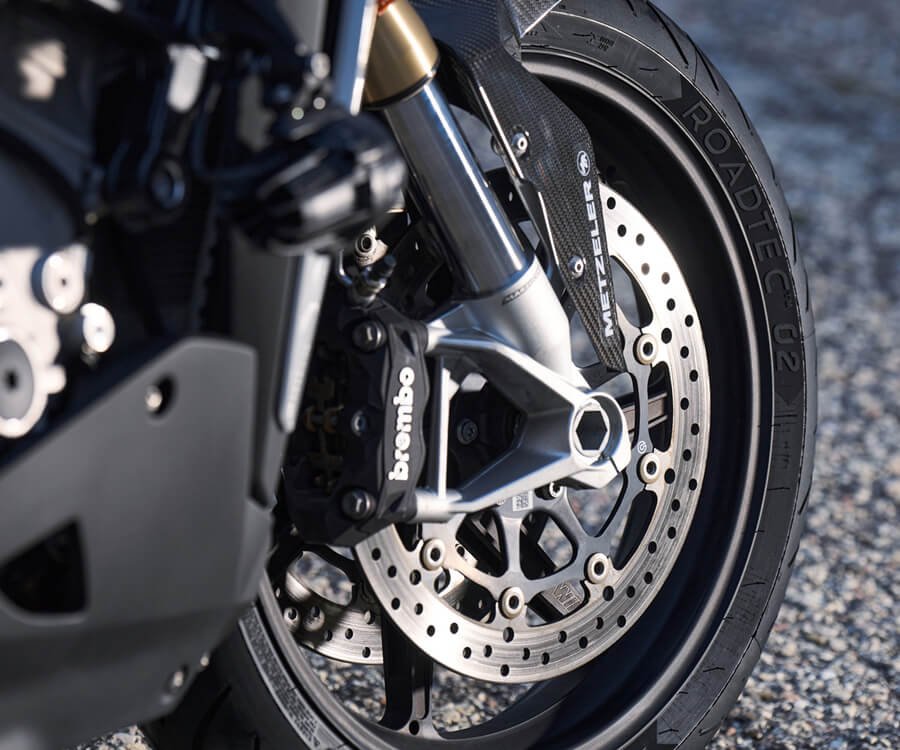
Avoid overusing the front brake
Relying on the front brake during a U-turn is a recipe for disaster. At slow speeds, the front brake’s stopping power can cause abrupt weight shifts, destabilizing the bike and increasing the risk of tipping.
The Fix:
- Use the Rear Brake Instead: The rear brake offers gentler deceleration and better control. “Dragging” it lightly (applying steady pressure) stabilizes the bike by creating resistance, allowing smoother speed adjustments.
- Practice Clutch-Brake Coordination: Combine the rear brake with clutch friction zone control (partially engaging the clutch) to maintain steady power delivery.
Mistake 2: Poor Head and Eye Positioning
The Problem:
Looking down at the front wheel or straight ahead is a subconscious error. Your bike follows your gaze—failing to look through the turn disrupts balance and direction.
The Fix:
- Turn Your Head Sharply: Rotate your head until your chin touches your shoulder, focusing on the exit point of the U-turn. This shifts your body weight and guides the bike’s trajectory.
- Scan Ahead: Check for obstacles before initiating the turn, then lock your eyes on the target to maintain a smooth arc.
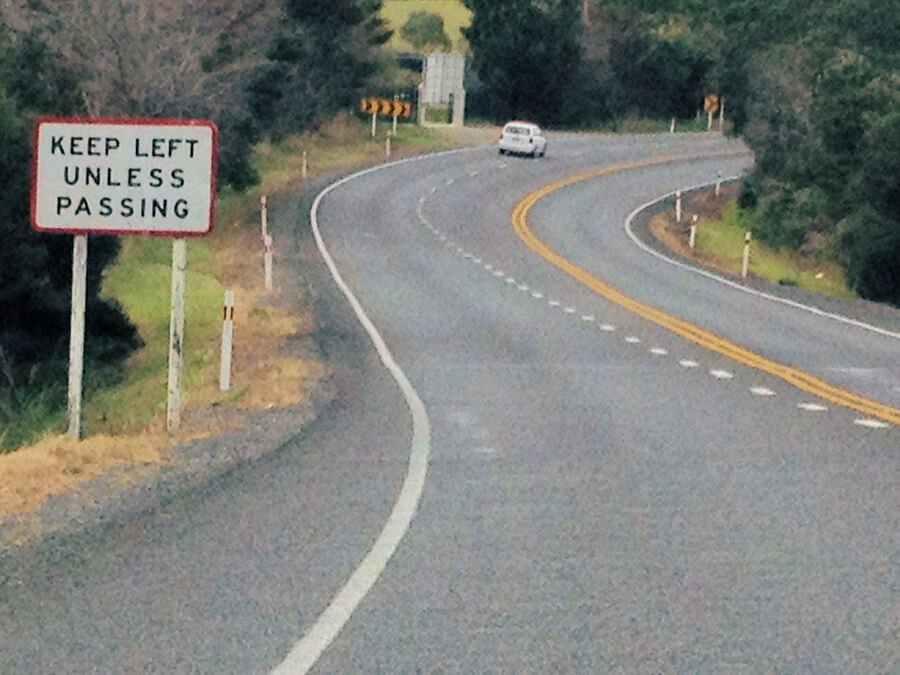
When turning a motorcycle, don't look at the wheels; look at the exit of the curve
Mistake 3: Ignoring Body Positioning and Counterweighting
The Problem:
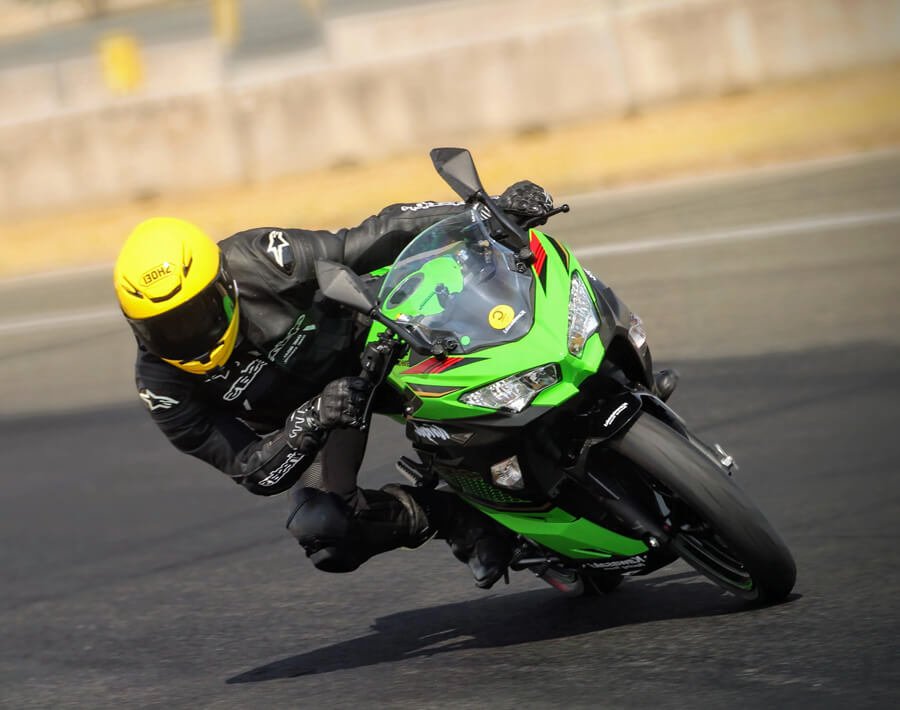
When riding a motorcycle, don’t overcompensate by leaning too far.
Leaning with the bike during a U-turn reduces lean angle clearance and destabilizes the motorcycle. Pros sometimes overcompensate by leaning too far, causing the bike to drop.
The Fix:
- Counterweight the Bike: Shift your weight to the outside of the turn. For a left U-turn, press down on the right footpeg and lean your body slightly right. This lowers the bike’s center of gravity and allows tighter turns without excessive leaning.
- Stay Vertical: Keep your upper body upright while letting the bike lean. This maintains balance and control.
Mistake 4: Neglecting the Clutch Friction Zone
The Problem:
Relying solely on the throttle for speed control leads to jerky movements or stalls. Without mastering the clutch’s friction zone (the point where the clutch engages the engine power), riders lose precision.
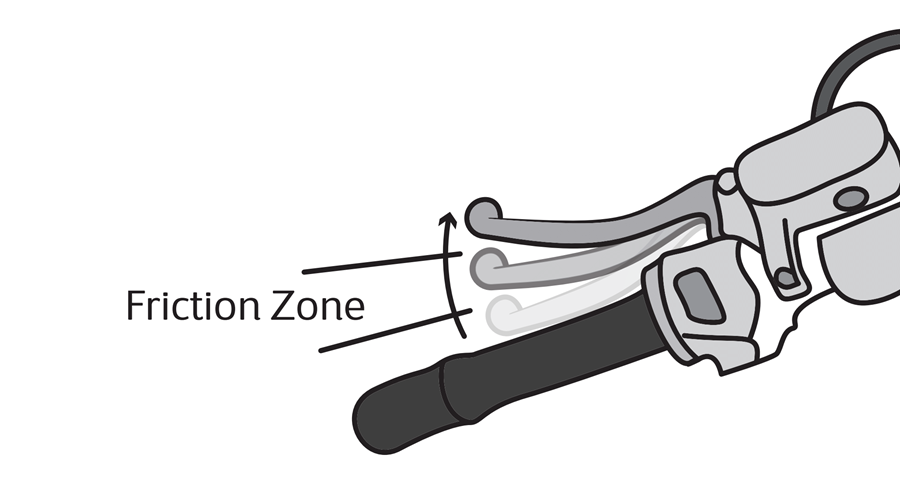
friction zone (Image taken from msi.org.za)
The Fix:
- Find the Sweet Spot: Practice slipping the clutch while applying steady throttle. This balances power delivery and rear brake pressure for silky-smooth turns.
- Use Higher Revs: Slightly higher engine RPMs (2,500–3,500) provide stability. The spinning crankshaft enhances gyroscopic forces, keeping the bike upright.
Mistake 5: Stiff Arms and Death-Gripping the Handlebars
The Problem:
Tensing up or gripping the handlebars too tightly restricts steering input and amplifies wobbles. Even pros fall into this habit under stress.
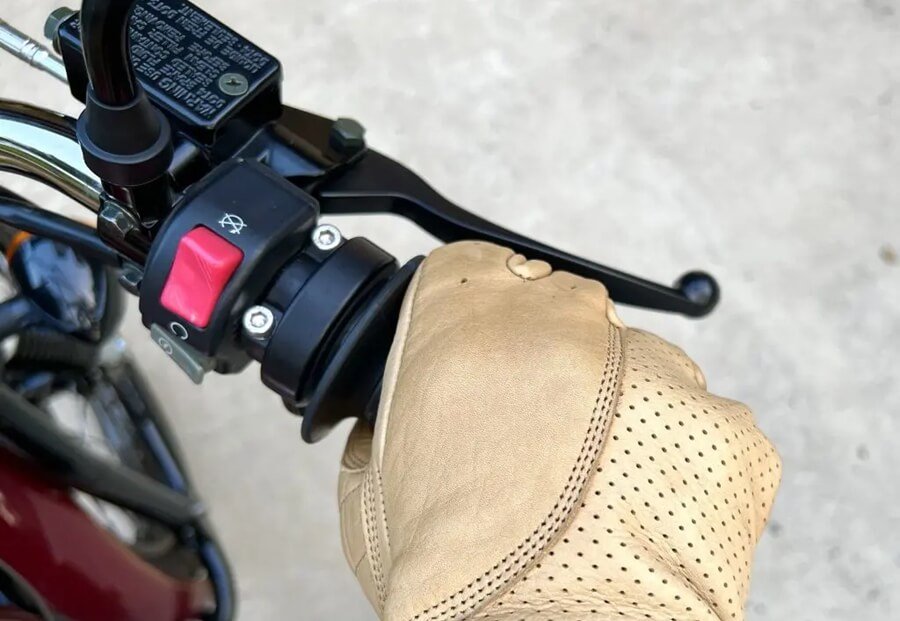
Stiff arms and death-gripping the handlebars
The Fix:
- Relax Your Grip: Keep your elbows slightly bent and shoulders loose. Let the bike’s front end move naturally.
- Light Hand Pressure: Use gentle countersteering pushes (press left to go left) to initiate the turn, then let the bike follow its path.
Mistake 6: Forgetting Tire Pressure and Bike Setup
The Problem:
Underinflated tires, especially at the front, reduce stability and responsiveness. Heavier bikes or modified steering setups (e.g., ape hangers) exacerbate this issue.
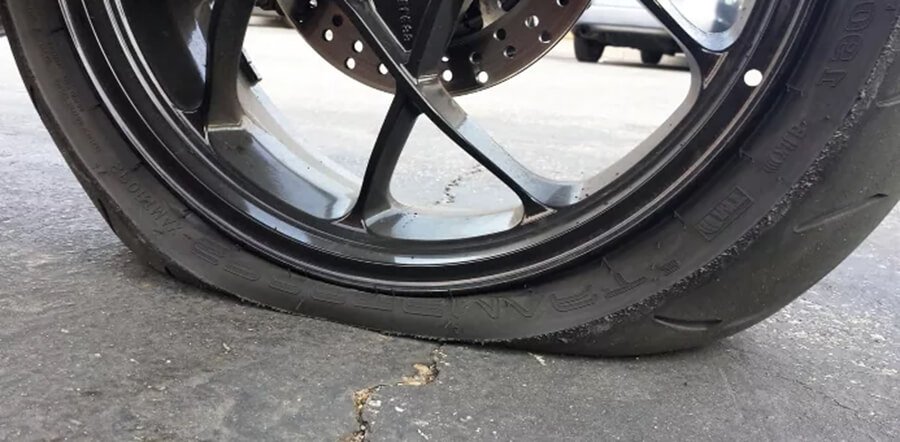
underinflated tires
The Fix:
- Check Tire Pressure Weekly: Follow the manufacturer’s recommended PSI. Properly inflated tires improve grip and reduce wobble.
- Adjust Handlebar Position: Lower or narrower bars improve slow-speed maneuverability. Test different setups in a parking lot.
Mistake 7: Skipping Regular Practice
The Problem:
Many riders assume U-turns are a “basic” skill they’ve already mastered. Complacency leads to rustiness, especially when switching bikes or riding in unfamiliar terrain.
The Fix:
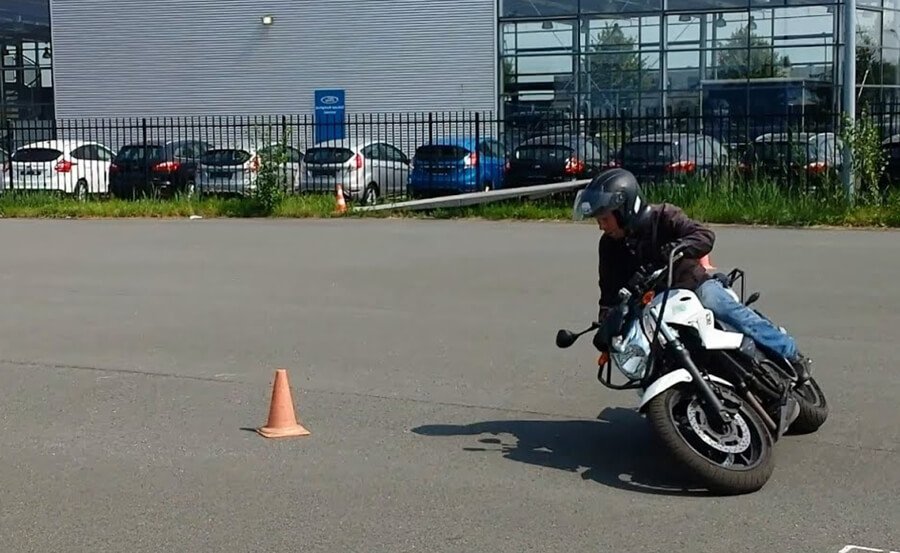
practice with traffic cones
- Drill Figure-Eights and Tight Circles: Set up cones in a parking lot and practice alternating left/right U-turns. Gradually reduce the turning radius.
- Simulate Real-World Scenarios: Practice on slopes, gravel, or wet surfaces to adapt to adverse conditions.
Advanced Fixes for Pro Riders
- Trail Braking: Apply light rear brake while slipping the clutch to tighten turns mid-maneuver. This advanced technique requires precise throttle-brake coordination.
- Hanging Off the Bike: Shift your body toward the turn’s inside while keeping your head upright. This maximizes lean angle without destabilizing the bike.
- Emergency U-Turn Drills: Practice rapid U-turns to evade obstacles. Start at 10 mph and gradually increase speed while maintaining control.
Final Tips for Flawless U-Turns
- Warm Up First: Cold tires and stiff muscles affect performance. Take a short ride before practicing.
- Use All Controls in Unison: Throttle, clutch, rear brake, and body positioning must work together.
- Stay Calm Under Pressure: Panic causes mistakes. Breathe deeply and trust your training.
Conclusion
Even the best motorcycle riders can make hidden mistakes during U-turns, but specific improvements and steady practice turn these moves into habits. Focus on managing the clutch using the back brake, and on where you look. Don't forget the importance of regular training.
Keep in mind: A clean U-turn isn't just about technique—it's about grace and precision.

With over 10 years of experience working on cars and trucks Item Training Supervisor Richard Reina is known around the office as one of our technical experts & real an "automobile person".
His rate of interest began, in his very own words, "at the age of two when his father educated him the distinction in between a Chevy and a Ford. Since then it's been cars regularly."
As a serious lover of practically all things with a motor Richard can address nearly any kind of inquiry related to car upkeep, fixing, or restoration & is a fact professional in electric motor background.
Getting your snowmobile’s track adjusted correctly doesn’t have to be complicated. In this guide, we’ll show you the tools, step-by-step instructions, and troubleshooting tips for all major brands — Polaris, Ski‑Doo/Lynx, Arctic Cat, Yamaha, and more. If you do it right, your snowmobile will run great quickly. Why Track Tension Matters Track tension directly affects […]
Motorcycle riding is all about the sense of freedom, adventure, and thrill of the open road. But come on—being connected when you ride isn't always an easy thing. Whether you're riding with a buddy, navigating traffic in the city, or long-distance riding, effective communication is crucial. That's where the Fodsports T5 and T6 come in, […]
If you're looking for a new motorcycle intercom system this year, Fodsports has something exciting in store. The company has launched two new Bluetooth helmet intercoms: T1 and T1 Pro. Both models bring upgraded features, sleek design, and high-definition audio quality for riders who want to stay connected, entertained, and safe on the road. But […]
Fodsports T1 and T1 Pro: The Newest Bluetooth Intercoms for Riders. Whether you’re cruising on highways, exploring rugged trails, or commuting daily, clear communication is key. Fodsports is thrilled to launch its latest Bluetooth intercoms: the T1 and T1 Pro. Built for riders who demand reliability, versatility, and crystal-clear sound, these devices redefine how you […]
Many riders who aren't so tall or ladies just starting to ride bikes need to pick out the best Motorcycles for Short Riders and Women. They gotta look for three key things: a seat that's not too high up, a bike that's not too heavy, and something that looks good enough to give them confidence. […]
